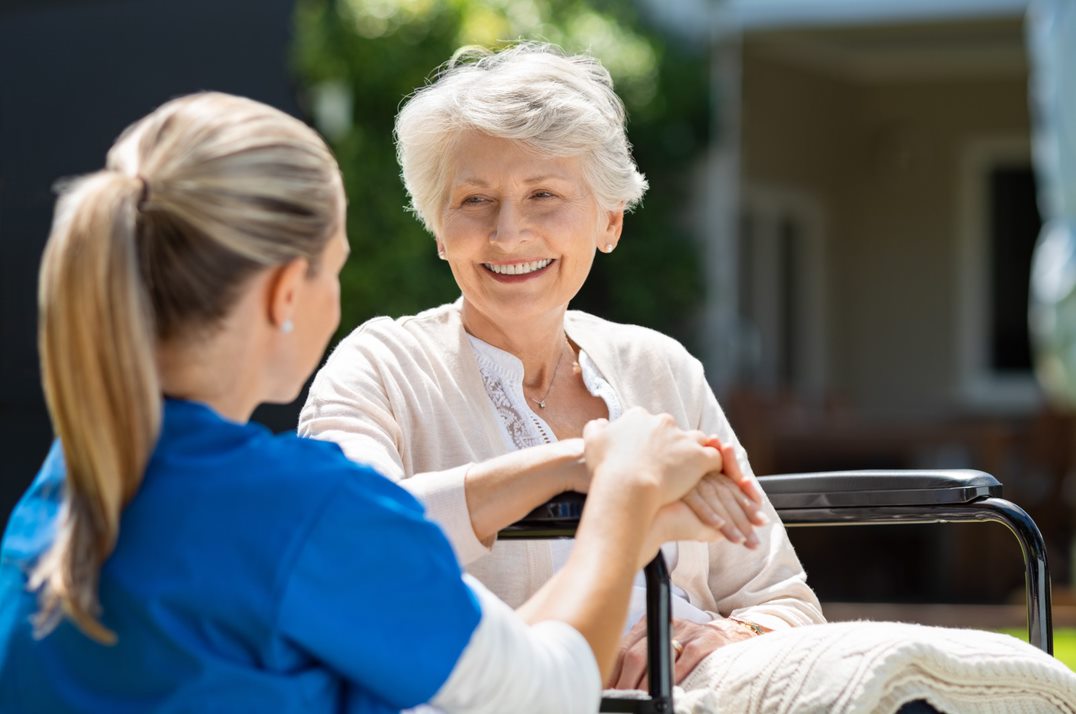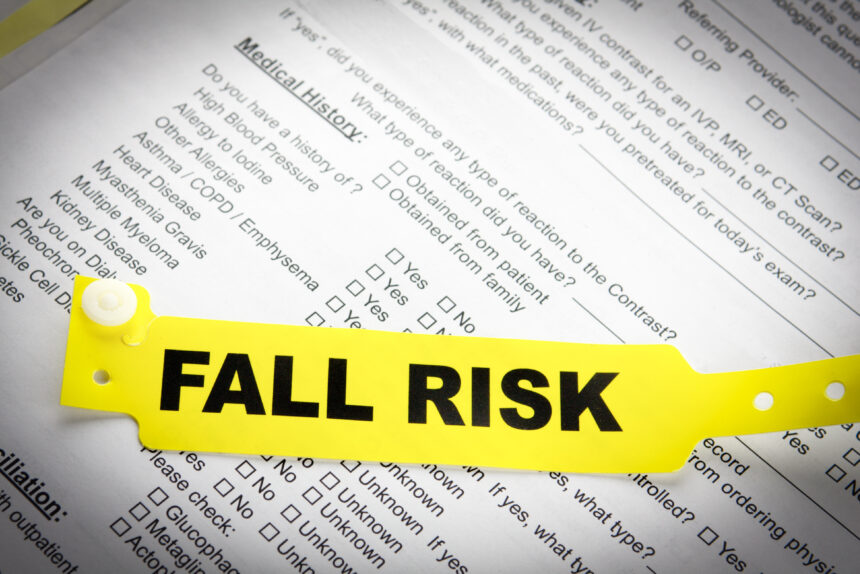Not known Factual Statements About Dementia Fall Risk
The Basic Principles Of Dementia Fall Risk
Table of ContentsDementia Fall Risk Things To Know Before You Get ThisThe Definitive Guide for Dementia Fall RiskDementia Fall Risk Can Be Fun For AnyoneGetting The Dementia Fall Risk To Work
A fall danger evaluation checks to see exactly how most likely it is that you will fall. The analysis normally consists of: This consists of a collection of questions concerning your general wellness and if you have actually had previous drops or problems with equilibrium, standing, and/or strolling.STEADI includes testing, examining, and treatment. Interventions are recommendations that may minimize your threat of falling. STEADI consists of three steps: you for your threat of succumbing to your threat elements that can be enhanced to attempt to avoid falls (for instance, equilibrium issues, impaired vision) to minimize your risk of dropping by using effective methods (as an example, supplying education and sources), you may be asked numerous inquiries consisting of: Have you dropped in the previous year? Do you feel unstable when standing or strolling? Are you fretted about falling?, your provider will examine your strength, balance, and stride, using the complying with loss assessment tools: This test checks your stride.
If it takes you 12 secs or more, it may imply you are at higher risk for a loss. This examination checks toughness and balance.
The settings will get more difficult as you go. Stand with your feet side-by-side. Move one foot midway ahead, so the instep is touching the huge toe of your other foot. Move one foot totally before the other, so the toes are touching the heel of your other foot.
How Dementia Fall Risk can Save You Time, Stress, and Money.
The majority of drops occur as a result of numerous contributing aspects; for that reason, managing the danger of dropping begins with recognizing the elements that add to drop risk - Dementia Fall Risk. A few of one of the most pertinent risk aspects include: Background of prior fallsChronic medical conditionsAcute illnessImpaired stride and equilibrium, reduced extremity weaknessCognitive impairmentChanges in visionCertain risky drugs and polypharmacyEnvironmental aspects can also enhance the threat for drops, including: Insufficient lightingUneven or harmed flooringWet or unsafe floorsMissing or harmed handrails and get barsDamaged or poorly fitted devices, such as beds, mobility devices, or walkersImproper use assistive devicesInadequate supervision of individuals staying in the NF, consisting of those who show hostile behaviorsA successful fall risk administration program needs a complete clinical assessment, with input from all members of the interdisciplinary team

The treatment strategy must likewise consist of treatments that are system-based, such as those that promote a risk-free atmosphere (proper illumination, hand rails, get hold of bars, and so on). The efficiency of the interventions ought to be examined regularly, and the care plan revised as necessary to mirror modifications in the autumn danger evaluation. Carrying out an autumn risk management system using evidence-based ideal technique can lower the occurrence of falls in the NF, while limiting the possibility for fall-related injuries.
Rumored Buzz on Dementia Fall Risk
The AGS/BGS standard suggests evaluating all adults matured 65 years and older for fall threat every year. This testing is composed of asking clients whether they have actually fallen 2 or even more times in the previous year or sought clinical attention for an autumn, or, if they have actually not fallen, whether they really feel unstable when walking.
Individuals that have dropped as soon as without injury ought to have their equilibrium and gait examined; those with stride or balance irregularities should receive extra evaluation. A history of 1 loss without injury and without stride or balance issues does not warrant further evaluation beyond ongoing annual autumn threat testing. Dementia Fall Risk. An autumn threat assessment is required as component of the Welcome to Medicare examination

The Buzz on Dementia Fall Risk
Documenting a falls history is one of the high quality indicators for fall prevention and administration. copyright drugs in specific are independent predictors of drops.
Postural hypotension can frequently be relieved by minimizing the dosage of blood pressurelowering drugs and/or stopping drugs that have orthostatic hypotension as a side check it out effect. Use of above-the-knee assistance hose and sleeping with the head of the bed elevated might also minimize postural reductions in blood pressure. The recommended elements of a fall-focused health examination are received Box 1.

A Yank time better than or equal to 12 seconds suggests high fall risk. Being not able to stand up from a chair of knee height without utilizing one's arms shows raised fall risk.